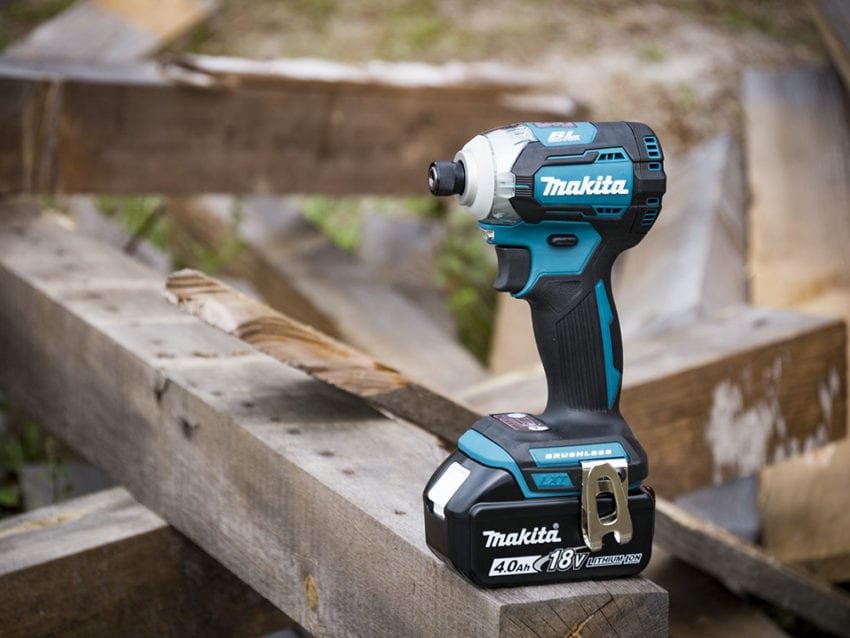
Even now we continue to run across Pros who don’t quite understand how an impact driver works. Impact drivers are an essential tool for any Pro. They let you apply more force (or torque) than a drill. Used in tandem, a cordless drill handles hole-making while an impact driver sets or sinks the fasteners. For basic screwdriving, an impact driver might be the only tool you need. If you’ve ever asked “How does an impact driver work?” hopefully this article helps answer your questions.
How an Impact Driver Works Internally
First of all, check out our impact driver vs drill article if you want an overview of the difference between these two tools. We don’t want to rehash that here. Instead, we want to go over how exactly an impact driver works internally to generate its impressive torque.
A regular drill applies static rotational force to the shaft and, consequently, the bit. In other words, it exerts a constant pressure to rotate the chuck. Impact drivers rely on something else entirely—and it makes them a truly unique tool.
An impact driver senses when you need additional torque and creates rotational impact force with a spring, hammer, and anvil. As the motor turns the shaft, the spring compresses and then releases forcefully, driving the hammer rotationally against the anvil. This action happens rapidly. In fact, most impact drivers hit more than 50 times every second. This creates much more force than a drill can typically muster at a similar size tool.
Pushing vs Rapid Punching
Here’s another way to think about it: Using a drill is like setting your hands against an object and pushing. Using an impact driver is like punching it rapidly (think IP Man). The same muscles create both forces, but the rapid punches deliver much greater force overall. A punch also only impacts the surface for a brief moment while you can engage a push much longer.

Just like a punch, the impact mechanism creates a more violent action. That’s why you see many Pros shy away from using impact drivers with drill bits and spade bits. While it gets the job done, it’s not nearly as smooth of an experience.
On the other hand, that violence works perfectly for driving screws. An impact driver also tends to do this much more quickly than a drill. The speed of the hammer/anvil impact combined with the additional force gives you the ability to drive longer and larger diameter screws or fasteners than you can expect a drill to handle.
Impact Drivers are Smaller in Size
The icing on the cake is that impact drivers are typically smaller, lighter, and able to get into tighter spaces. The best impact drivers measure less than 5-inches in length! They also won’t wrench violently in a bind-up like a high-torque drill. If that all sounds, well, impactful, you’re not alone. Impact drivers are among the most popular cordless tools on the jobsite.
Knowing how an impact driver works will also help you understand when and where to choose it over a drill. Those are the little tidbits of knowledge that will help as you make the transition from apprentice to seasoned Pro.








